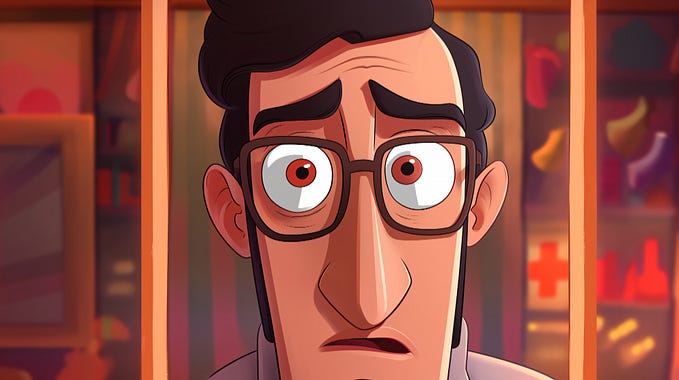
Member-only story
Elizabeth Feinler and The History of the Internet
“I am proud to have had a small role in the development of the Internet, a technical phenomenon that has changed the way the world learns and communicates.”
Elizabeth “Jake” Feinler is a pioneering information scientist and the former Director of the Network Information Systems Center at the Stanford Research Institute (now SRI International), which she joined in 1960 to work in the Information Research Department.
In 1972, Elizabeth joined Doug Engelbart’s Augmentation Research Center (ARC) to work on the ARPANET Resource Handbook. Elizabeth was principal investigator for the Network Information Center (NIC) project from 1974 to 1989. During that time, Elizabeth’s NIC group worked on the Advanced Research Projects Agency Network (ARPANET), which evolved into the Defense Data Network (DDN), both forerunners to the Internet .
The NIC provided ARPANET users with various support services, a directory, a resource handbook (list of services), and the DoD protocol handbook. It was also Elizabeth’s group who managed the first host-naming registry for the Internet and developed the top-level domain naming system of .com, .gov, .org, .edu, and .mil, which is still in use today.
Elizabeth became the director of the Network Information Systems Center at SRI in 1986. She left there in 1989 to work for Sterling Software Corp.
At Sterling Software Corp., Elizabeth worked as a contract network requirements manager at NASA Ames Research Center, where she helped develop guidelines for managing the NASA Science Internet (NSI), NIC and the NASA websites.
Elizabeth was inducted into the Internet Hall of Fame in 2012. Since retiring, she has been a consultant at The Computer History Museum, where she donated, organized, and detailed over 350 boxes of archives from the Engelbart and NIC projects.
Elizabeth was the first in her family to graduate from college, which she did in 1954 with a Bachelor of Science degree in chemistry from West Liberty University.
This interview is an extract from my 2016 interview with Elizabeth for my book Female Innovators at Work.








